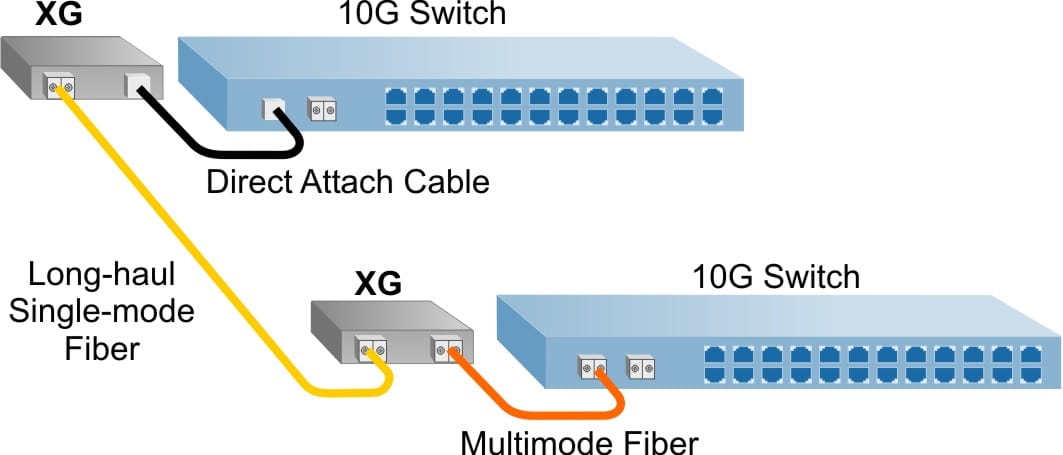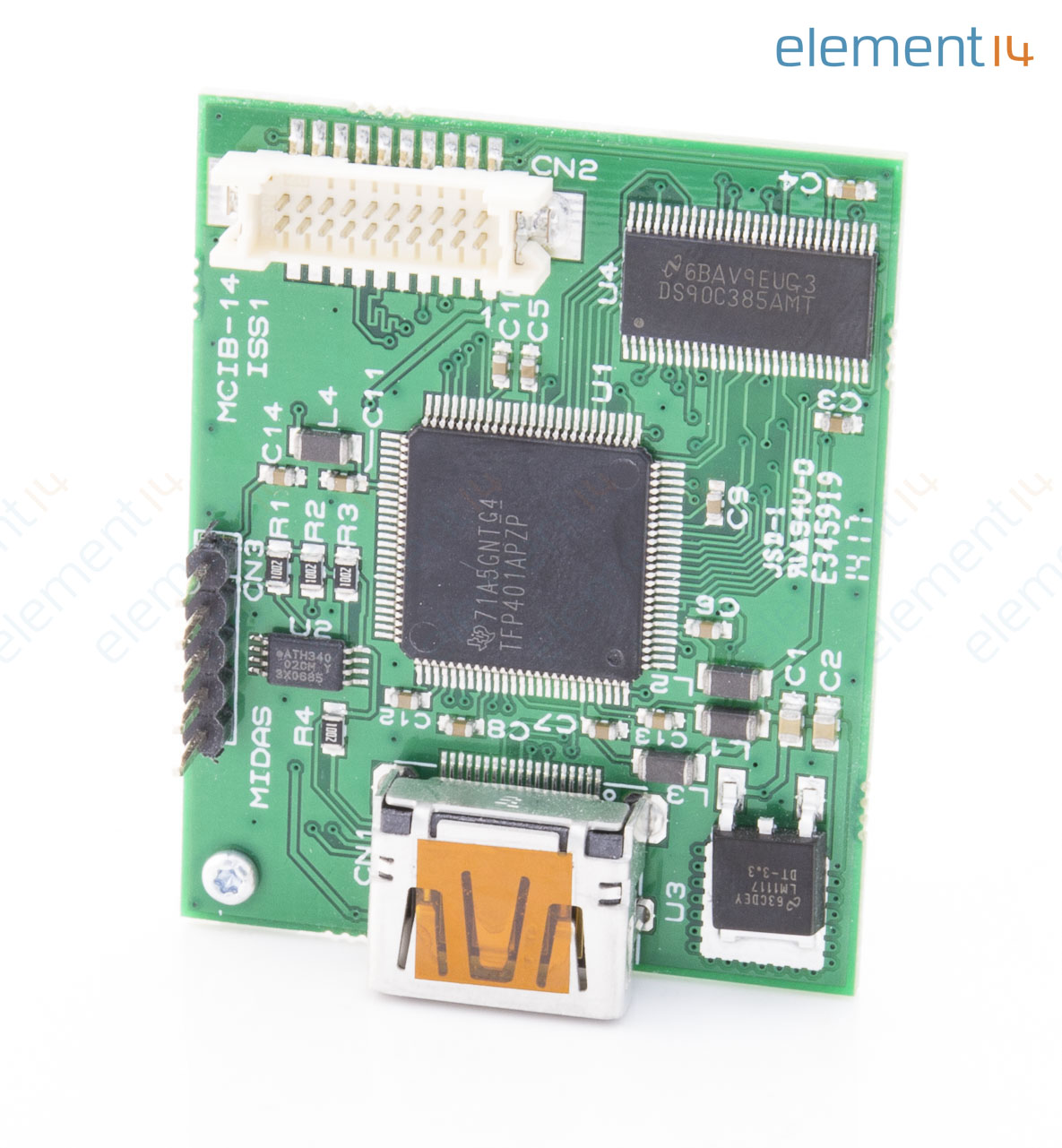
- #3.1.4 connect a media converter how to#
- #3.1.4 connect a media converter license key#
- #3.1.4 connect a media converter install#
- #3.1.4 connect a media converter full#
Moon 2.x comes with a ready-to-use sidecar container for using OpenID Connect authentication. Moon derives username from Authorization or X-Moon-Quota HTTP headers. Nginx Ingress Controller) to provide any authentication mechanism (e.g. Instead, you can use existing Kubernetes-compatible software (e.g. Moon 2.x instead does not provide built-in authentication mechanism by default. Moon 1.x supports only basic HTTP authentication. Moon 2.x relies on pod IP addresses instead and does not depend on DNS at all. DNS service is known to suffer from caching and cloud-specific networking issues which can in rare cases lead to broken browser sessions.

CoreDNS) for communicating with browser pods. Moon 1.x relies on Kubernetes DNS implementation (e.g. Reworked browser startup architecture leads to at least 20% lower average cloud resources (CPU, memory, network traffic) consumption. This leads to smaller browser images, faster startup and faster browser commands execution. For example, operating system components responsible for window management are started only when browser window is visible (browser is not "headless"). Moon 2.x is using completely new browser startup architecture that starts only required operating system components for current set of requested browser features. Once configured - new browser versions are detected automatically. Moon 2.x contrarily only needs to configure a browser image repository for every browser type.

If a browser version is missing, then Moon 1.x will not be able to start this browser. Moon 1.x requires to add an image for every new browser version to browsers list file manually. New browser versions are available automatically. For example Moon 1.x browsers list file is stored in Kubernetes config map and looks like this:Įvery modification in such configuration objects is automatically validated by Kubernetes before saving, so it’s less error-prone. Moon 1.x is using JSON configuration files. Detailed description of how it looks like is provided in Architecture section.
#3.1.4 connect a media converter license key#
In Moon 2.x one big license key is automatically shared between namespaces and thus if licenses are available, every team during the peak load can request more browsers than it usually needs.

This sometimes prevented teams from requesting more browsers during the peak load.
#3.1.4 connect a media converter install#
In Moon 1.x in order to use separate namespaces for different teams you had to install a separate Moon instance to every namespace and use a different license key for every such instance. From the license key perspective - you are still using one license key for all these namespaces.
#3.1.4 connect a media converter full#
This gives Kubernetes administrator full control of resources consumption for every team. In Moon 2.x you can create an unlimited number of separate namespaces for browsers, one for every team, and then configure Moon to launch browsers in these namespaces. Namespaces can be considered as projects that can have some limited number of computing resources assigned by Kubernetes administrator. Kubernetes solves this problem by introducing namespaces. Limiting the number of browsers is the same as limiting the number of CPUs and memory available for every team. A common problem is limiting the maximum number of browsers available for every team. However, the same Moon cluster is often being used by different teams. Moon 1.x allows to run all browsers in one Kubernetes namespace.

Is it possible to test HTTPS web applications with self-signed TLS certificates? Is it possible to use Moon with private Docker registry? Is it possible to assign custom firewall rules to browser pods? Is it possible to configure Kubernetes service account for Moon?
#3.1.4 connect a media converter how to#
How to update configuration of a running Moon cluster? Setting Custom User and Group Identifier to Browser Pods Using Additional Trusted TLS Certificates I'm assuming that anycodings_wampserver this is related only to APACHE here, anycodings_wampserver firewall and router would be the other anycodings_wampserver potential bottlenecks. I have a fresh install of WAMPServer and all anycodings_wampserver is working fine with the exception of being anycodings_wampserver able to connect to APACHE from any other anycodings_wampserver computer on the network.


 0 kommentar(er)
0 kommentar(er)
